Green arowana for sale
$230.00 – $900.00Price range: $230.00 through $900.00
The Green Arowana Fish, known scientifically as Scleropages formosus, is a prized addition to any aquatic enthusiast’s collection.
Green arowana for sale
Green Arowana for sale, scientific name Scleropages formosus, is a captivating and of high demand freshwater fish. This fish has significant attention among aquarists and fish enthusiasts alike. Its stunning beauty and vibrant coloration makes it very special. This species holds a special place in both the aquarium trade and Asian cultural traditions. Also, it is a symbol of prosperity and good fortune, the Green Arowana’s unique characteristics and fascinating behaviors make it a compelling subject for study. Together we will explore the natural habitat, physical traits, dietary needs, and conservation status of the Green Arowana. While also providing essential tips for those who wish to care for this magnificent fish in captivity. Through this comprehensive examination, readers will gain a deeper understanding of not only the Green Arowana’s appeal but also the responsibilities that come with keeping such a remarkable creature. Types of arowana
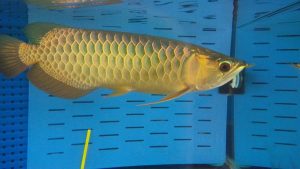
The Green Arowana is one of the most stunning freshwater fish in the aquarium trade. Also this fish is unique for its iridescent scales and elegant body. This fish captivates the hearts of both novice and seasoned aquarists alike. Notably, it is part of the family Osteoglossidae, which translates to “bony tongue”. Its a quirky name that aptly describes their unique feeding mechanics. Moreover, this species has exceptional swimming ability, making it a dynamic and beautiful addition to aquariums.
Green Arowana fish
In addition to its physical allure, the Green Arowana fish carries significant cultural importance. For centuries, it has been under preservation in various Asian cultures. This is particularly in Chinese tradition, where it symbolizes prosperity and good fortune. Consequently, owning a Green Arowana fish is a status symbol, and many people go to great lengths to acquire one. Furthermore, the historical significance has led to an increase in conservation efforts, as its populations have dwindled due to habitat loss and overfishing.
Natural Habitat and Distribution
Transitioning to the natural habitat of the Green Arowana fish, it is primarily found in freshwater environments throughout Southeast Asia. Specifically, its geographic range includes the rivers and swamps of countries like Indonesia, Malaysia, and Thailand. Interestingly, these fish prefer slow-moving waters, which provide ample hiding spots among vegetation. However, as urban development encroaches upon these habitats, the distribution of the Green Arowana is becoming increasingly fragmented, leading to concerns about its long-term survival.
Not only is their geographic range fascinating, but the environmental conditions that the Green Arowana thrives in deserve mention as well. Typically, these fish inhabit warm, shallow waters with temperatures ranging from 24 to 30 degrees Celsius (75 to 86 degrees Fahrenheit). Furthermore, they prefer slightly acidic to neutral pH levels, which can be challenging for novice aquarists to replicate. Thus, ensuring that these conditions are met is crucial for the health and well-being of the Green Arowana in captivity.
Physical Characteristics and Appearance
It’s essential to note the stunning color variations this species offers. While the most commonly recognized hue is a vibrant green, which gleams beautifully under aquarium lights, some individuals may exhibit subtle shades of blue or gold. Additionally, depending on their age and diet, their coloration can evolve, making each fish a unique masterpiece. This ever-changing palette only adds to the allure of owning a Green Arowana!
Green Arowana care
Moreover, the body structure of the Green Arowana fish is worthy of admiration. With its elongated, streamline shape, it can grow up to 36 inches in length. Consequently, they require ample swimming space in aquariums, which can be tricky for those with very small tank sizes. Furthermore, their dorsal and anal fins are long and flowing, enhancing their aesthetic appeal. When viewed in motion, they showcase a gracefulness that is simply mesmerizing.
Lastly, let’s explore the breeding practices of the Green Arowana fish. Breeding this species can be quite challenging, primarily due to their specific environmental needs and breeding behaviors. Typically, successful breeding occurs in large tanks that mimic their natural habitat, complete with proper water parameters and hiding spots. Additionally, these fish are mouthbrooders, meaning that the male carries the fertilized eggs in his mouth until they hatch, demonstrating a fascinating aspect of parental care. Therefore, for those looking to partake in breeding, understanding these nuances is essential for success!
Green Arowana fish price
Transitioning to the economic aspect, the Green Arowana fish price holds a prime position in the aquarium trade. Due to its enchanting beauty and cultural significance, it commands a high market price. The prices often ranging from a few hundred to several thousand dollars. As a result, the demand for these fish is robust, leading to the establishment of numerous breeding farms. However, this unquenchable thirst for Green Arowanas has raised ethical concerns surrounding overbreeding and the sustainability of wild populations.
Whether you’re contemplating adding one to your aquarium or merely admiring their beauty from afar, appreciating the complexities surrounding this magnificent creature can enhance your experience.
Asian green Arowana
In its natural habitat, the green arowana for sale is a skilled hunter, feasting primarily on insects, small fish, and crustaceans. These aquatic marvels are often found near the surface of rivers and streams, where they employ a stealthy approach to ambush their prey. With their elongated bodies and agility, they swoop in with impressive precision. Not only does this diet provide essential nutrients, but it also aids in their growth and vibrant coloration. So, if you’re ever wandering the rivers of Southeast Asia, don’t be surprised if you catch a glimpse of these magnificent creatures displaying their hunting prowess.
When it comes to feeding the green arowanas in captivity, their regal tastes don’t change much. In fact, they still prefer a diverse diet that mimics their natural one. You might want to spoil them with a mix of high-quality pellets, frozen or live foods like shrimp, and even the occasional earthworm. Transitioning them to a new diet? Take it slow; these fish can be picky eaters and might turn their nose up at something unfamiliar. Moreover, overfeeding can lead to health issues. Keeping their portions in check and ensuring a varied menu will lead to a happy, thriving green arowana that’s as stunning as it is healthy.
Behavioral Traits and Social Structure
While green arowanas can be social, they have their quirks. Typically, these fish prefer to keep to themselves, often adopting a solitary lifestyle. However, in a larger aquarium, they can coexist with certain tank mates. Just remember that their social interactions can sometimes resemble that of a high school cafeteria—lots of posturing and a bit of drama! Observing their interactions can be fascinating; they communicate through body language and subtle changes in coloration. So, if you spot your arowana showing off its beautiful hues, just know it’s likely feeling pretty confident!
Speaking of confidence, green arowanas can be quite territorial, especially when they feel their space is being invaded. They establish their own domains within the tank, often displaying aggressive tendencies towards intruders. These territorial displays can include flaring fins, flashing colors, and even some chasing around. Thus, it’s essential to provide ample space and hiding spots in your aquarium to reduce potential conflicts. After all, nobody likes a drama queen, not even fish!
| SIZE | 7Inches, 10Inches, 15Inches, 20Inches |
|---|
7 reviews for Green arowana for sale
Add a review Cancel reply
Related products
Types Of Arowana
Types Of Arowana
Types Of Arowana
Types Of Arowana
Types Of Arowana
Types Of Arowana
Types Of Arowana
Types Of Arowana

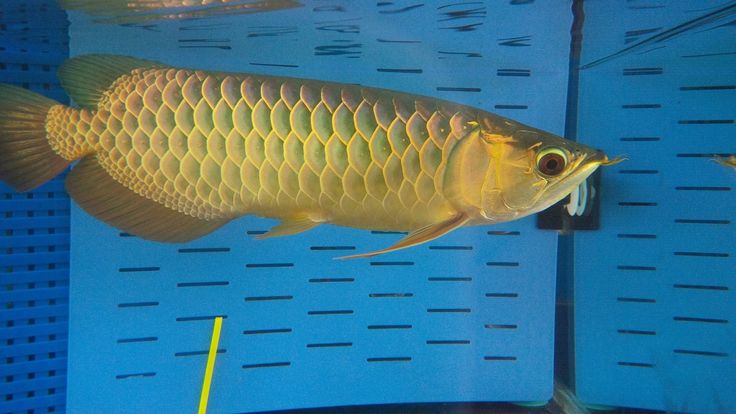
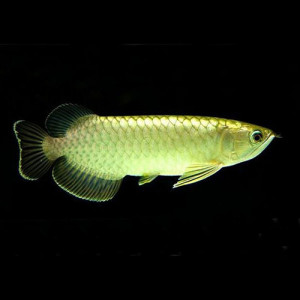


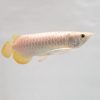
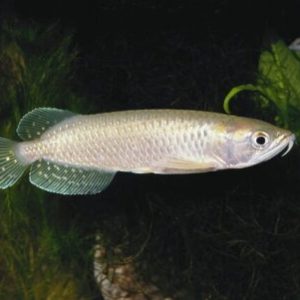
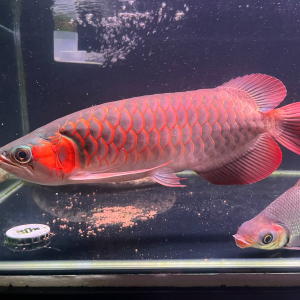
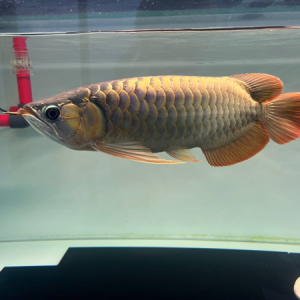
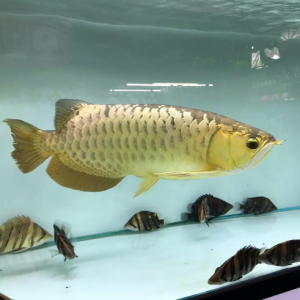
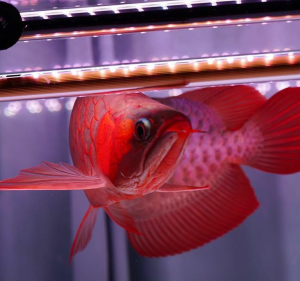

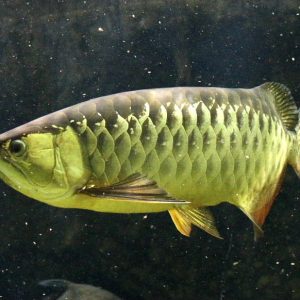

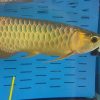
Eastyn Pat –
The soft green color sets it apart from other Arowanas. It adds a smoothing yet vibrant touch to my aquarium.
Hayden Micah –
My green Arowana has transformed my tank in to an aquatic paradise and brings sense of life in the space. Thank you for this beauty.
Emery Hobbs –
At first I was nervous about keeping an Arowana due to the fact that it’s illegal, but the green color got me thinking over and over again after watching a friend made his purchase and got the fish. Thanks so much.
Gibbs G –
Over time my fish has learned to recognize me and even follow my movements when I approach the tank. It’s feels like having a connection with a wild creature.
Toby Brook –
Growing this Arowana in my tank has been an amazing experience. Watching it grow from a juvenile to a full-sized adult is truly fulfilling.
Ellis Josiah –
I admire the strength and resilience of this fish. It’s a reminder of the beauty and power of nature, right in my living room.
Miah M. –
I wasn’t satisfied with the delay on delivery. I thought I got scammed at some point. Always try to keep your buyers customers updated if there is going to be a delay. Thanks
Arowanaf –
Hi Miah, Please accept our sincere apology. There was a little mix up and your point has been noted.